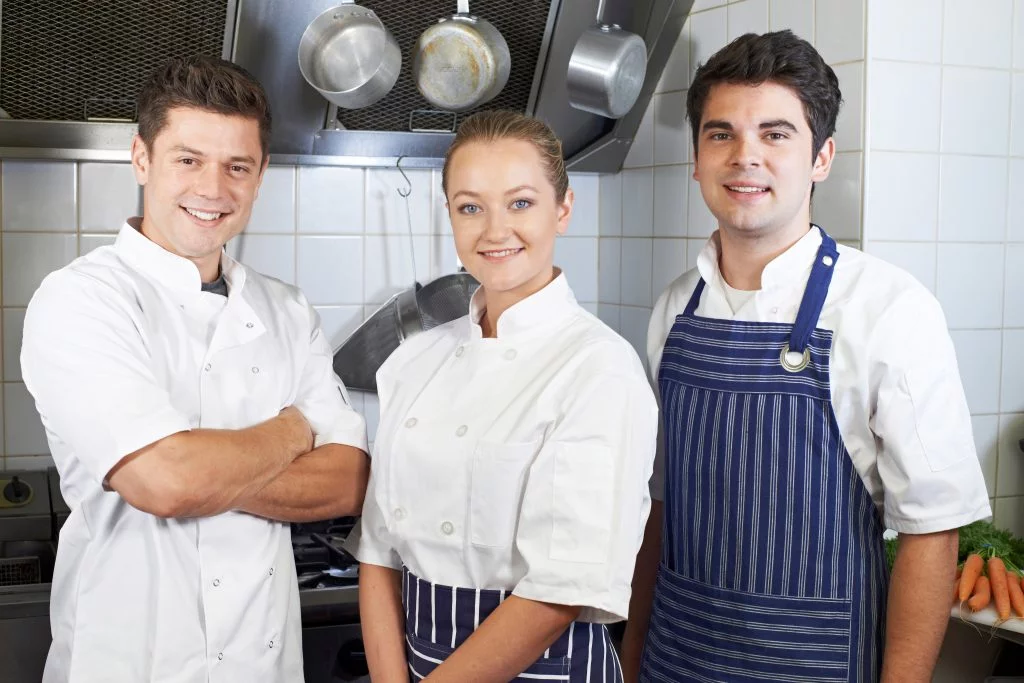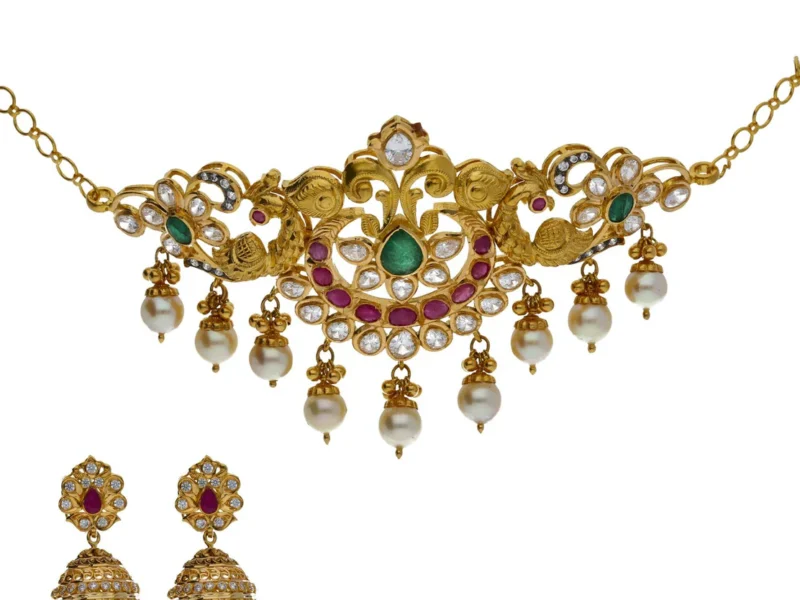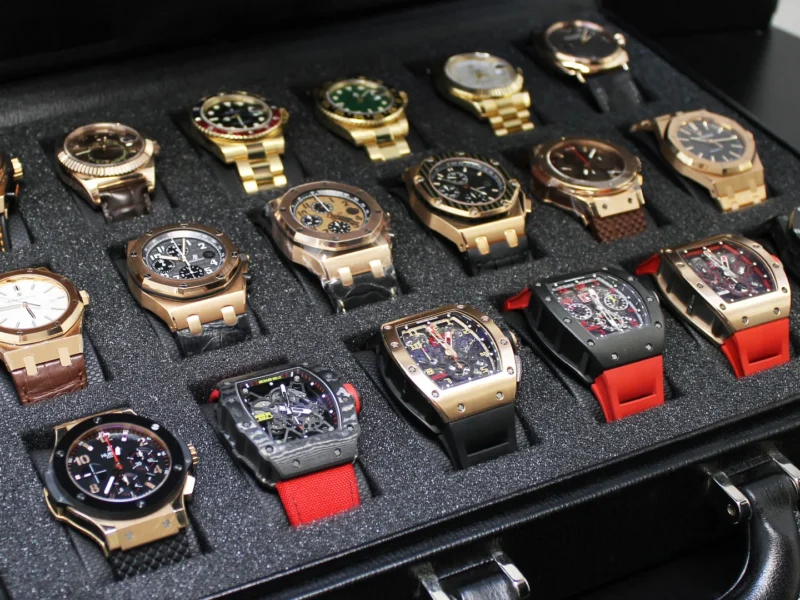If someone’s ever watched a cooking show or peeked into a restaurant kitchen, they’ve probably noticed that chefs and kitchen staff all wear specific clothes. It’s not just about tradition or trying to look professional. The outfits actually do a lot more than most people realize. In fact, kitchen uniforms are designed to help keep people safe, clean, and focused while working with hot pans, sharp tools, and fast-moving teams.
Let’s break it down in a way that’s easy to understand. Because once it clicks, it’s clear that those clothes aren’t just about appearances—they’re doing serious work behind the scenes.
More Than Just a Jacket and Hat
At first glance, a chef’s outfit might just seem like a fancy coat and a tall hat. But each piece has a purpose.
The classic white jacket isn’t just for show. It’s thick to protect from heat and spills. When hot oil splashes or something boils over, the jacket gives an extra layer of safety. Plus, it’s reversible. If one side gets stained during a shift, it can be flipped to look clean again—useful when working in places where customers can see the kitchen.
The tall hat, or toque, might look a bit dramatic, but it helps with hygiene. It keeps hair tucked away and lets air flow so the chef stays cool. It also shows rank in some kitchens. A taller hat can mean more experience or a higher role.
Pants are usually made with thick, breathable material. Some have a black-and-white checkered pattern to hide stains. That way, small messes don’t show as much, which helps with overall cleanliness.
And let’s not forget shoes. Non-slip shoes are a must. Kitchen floors can get wet or greasy, and one wrong step can lead to a bad fall. Shoes in a kitchen aren’t about fashion—they’re about grip and protection.
If this sounds like a lot to think about, there’s actually a helpful way to sort it out. Companies like Manelli have entire collections of kitchen uniforms made just for this kind of work. They design them to be practical, safe, and comfortable, especially during long hours.
Protection First, Always
Working in a kitchen isn’t the same as working at a desk. There’s heat, flames, boiling liquids, and sharp knives everywhere. That’s why safety is one of the main reasons for kitchen clothes.
Imagine carrying a pot of hot soup or pulling a tray from an oven. Without the right sleeves or materials, a quick splash or brush against something hot could mean a serious burn. A good chef’s jacket acts like armor—it gives that extra bit of time to pull away before skin gets hurt.
Aprons also play a big role here. They’re worn over jackets and catch spills before they reach the main clothes. That’s why they’re easy to take off or replace when needed. If something dangerous spills, the apron comes off fast.
And gloves—while not part of the “look”—are used when handling certain hot items or cleaning with strong chemicals. It all adds up to one big goal: stay safe no matter how hectic things get.
Staying Clean in a Messy Job
Kitchens get messy. It’s just part of the job. Ingredients fly, sauces splatter, and dishes pile up fast. Uniforms are designed to handle all of it without turning into a disaster by the end of the day.
Light-colored jackets show when something’s not clean. That might sound like a bad idea, but it’s actually helpful. It’s easier to spot what needs to be changed or cleaned, which helps keep the whole kitchen more sanitary.
Most uniforms are made from materials that resist stains and can be washed a lot without falling apart. Some even dry faster, which is perfect when there’s no time to wait between shifts.
Clean clothes also show respect—for food, for teammates, and for customers. Even if customers don’t see the kitchen, a clean uniform helps staff feel prepared and professional.
Teamwork You Can See
Ever notice how everyone in a kitchen wears something slightly different? That’s on purpose. Uniforms can show who does what. Chefs, line cooks, pastry staff, and dishwashers might all have different colors, aprons, or hats.
This helps the team work better. When things get loud and busy, it’s faster to spot who’s who by their clothes. If a plate breaks or an order is behind, someone can find the right person in seconds.
Some places even use color-coded aprons or jackets to show levels of training. That way, new staff don’t feel lost, and more experienced workers know who might need help.
In big kitchens or restaurants that serve lots of people, this kind of visual teamwork makes a big difference. It keeps things running smoother and prevents small problems from becoming big ones.
Comfort That Lasts All Day
Long shifts in hot kitchens are no joke. That’s why uniforms need to be comfortable too. Scratchy fabrics or tight clothes make it harder to move and focus.
Breathable materials help with sweat and heat. Flexible pants and jackets let people bend, lift, and reach without feeling restricted. Some uniforms even have mesh panels or vented areas to keep air moving.
When kitchen staff are comfortable, they can focus better and move faster. It’s easier to stay alert and avoid accidents. Plus, working in a job that’s already stressful doesn’t need clothes that make it worse.
Why It All Matters
Kitchen uniforms might seem simple at first, but they’re actually part of a bigger system. They help protect from burns and spills, keep food clean, show team roles, and make long hours feel a bit easier.
Without them, kitchens would be more dangerous, less organized, and a lot messier. It’s not about looking fancy—it’s about working smart.
Even in smaller places, like a bakery or school kitchen, the same rules apply. The right clothes make the job safer and more professional, no matter how big or small the kitchen is.
The Big Picture
Kitchen clothes are part of what makes a good kitchen work. They keep people safe, food clean, and teams running smoothly. Every button, strap, and stitch has a job to do.
Next time someone sees a chef walking by in their uniform, there’s a lot more going on than just a cool jacket and a tall hat. That outfit is doing real work—quietly, but constantly.
And for anyone thinking about cooking as a job or just helping out in a busy kitchen, remember this: the right gear makes a difference. It’s not just what you cook—it’s how you prepare to cook that counts.


